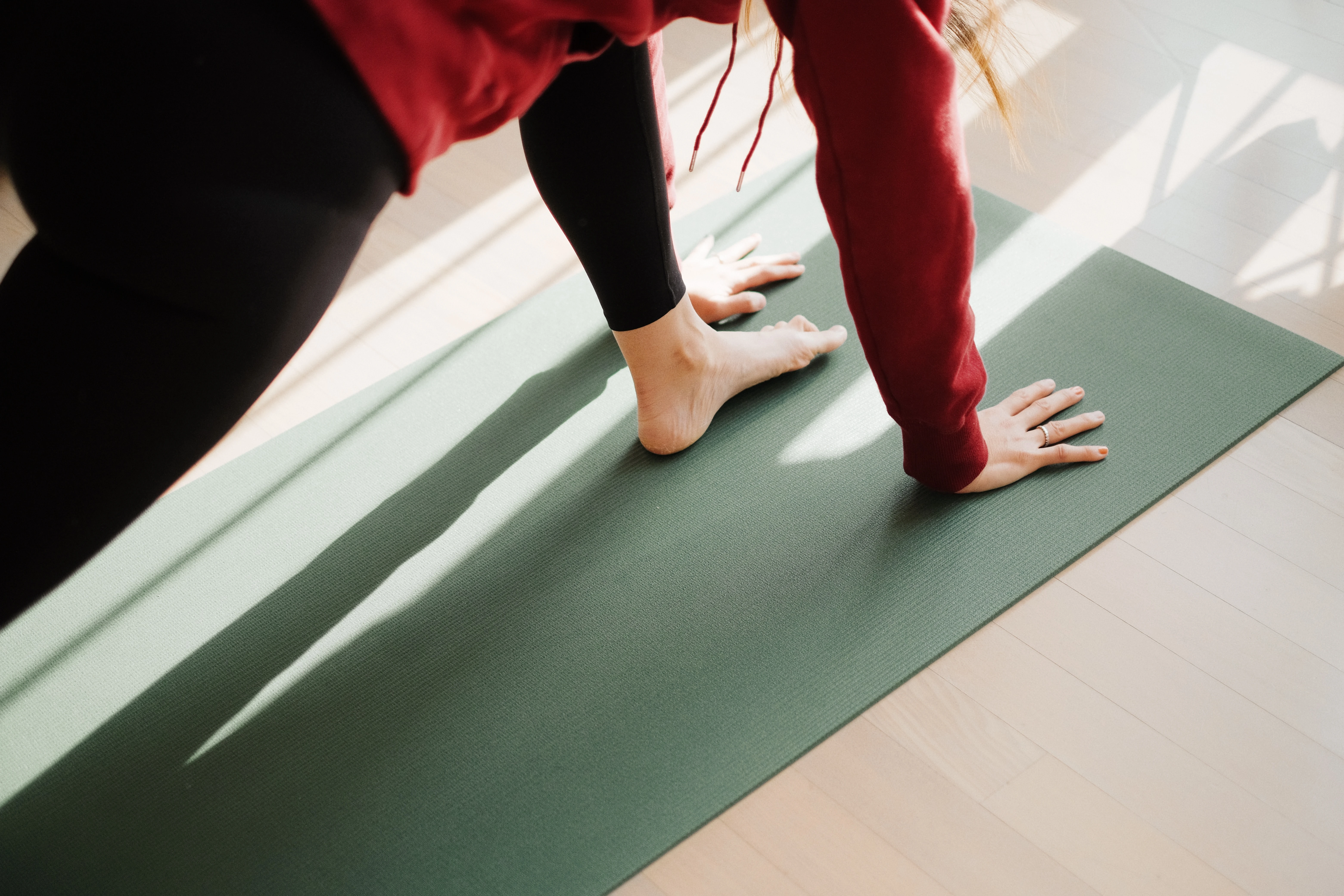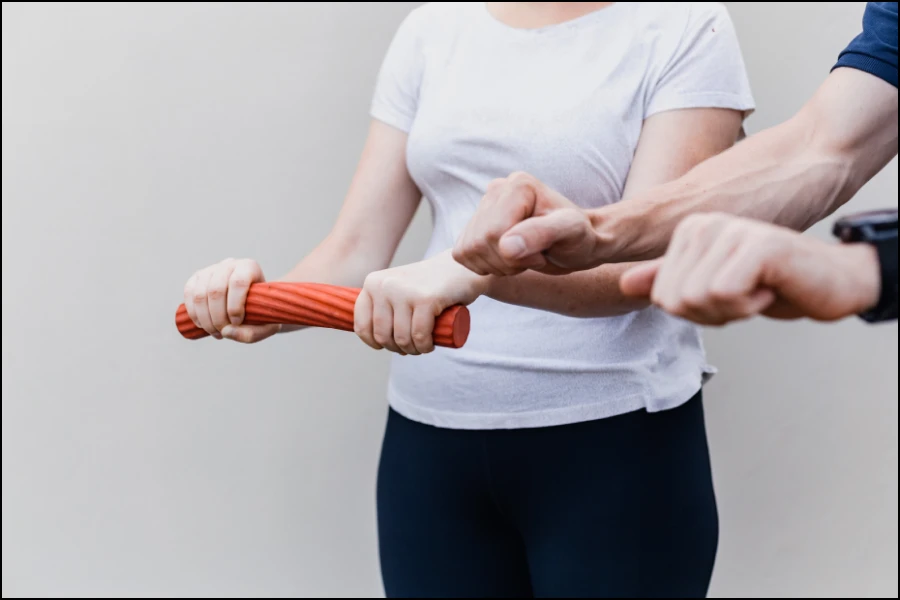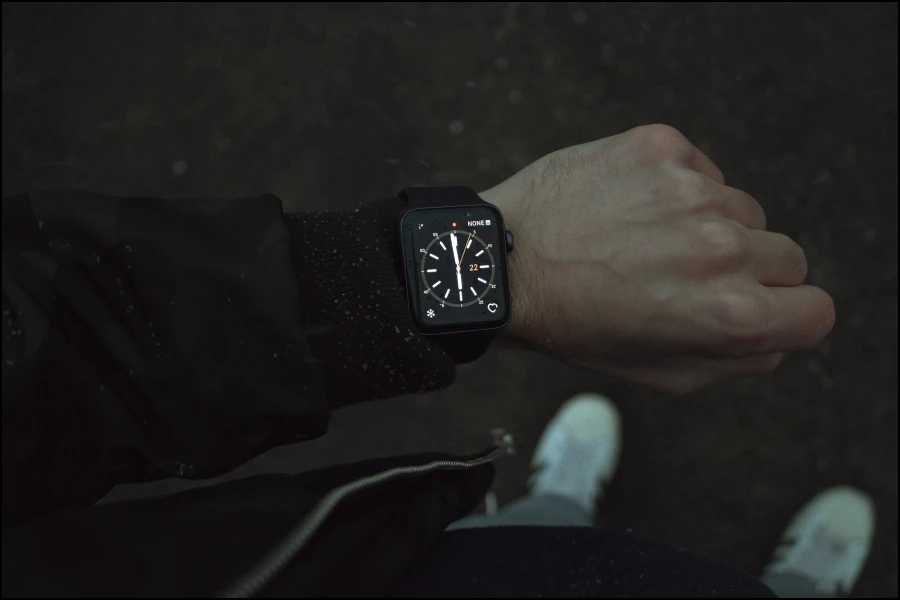Moving more
- Claire Connolly, Senior Physiotherapist
- 5 minute read
- Last updated: October 2023
Being physically active and doing regular exercise after a stroke is one of the best ways to optimise your physical recovery. This can mean different levels of exercise for different people and it is important to exercise to a level that you are physically able to.

Medical disclaimer

Once you have been cleared by your hospital care team to resume exercising, you should start being active. If you have concerns, talk to your physiotherapist before you leave hospital or your GP (family doctor) or stroke nurse after you leave the hospital. If you are being seen by an early supported discharge (ESD) team, the physiotherapist on the team will help guide your return to exercise.
Exercising after stroke

Depending on the type of stroke you’ve had you may have some residual some weakness in your arm or leg, your balance might be affected or you may have problems with your walking. If this is the case it is important to firstly follow the exercises provided to you by your physiotherapist. These exercises are a start to you becoming more physically active after your stroke.
Regular physical activity after a stroke has a range of benefits including:
-
Improving your physical function and recovery
-
Reducing your risk of having another stroke
-
Lowering your cholesterol and blood pressure
-
Helping you feel less tired, less pain and less stress
-
Boosting your mood
-
Reducing your risk of falls
If you are unsure about when to start exercising after your stroke talk to your GP, Stroke consultant or Physiotherapist.
When should I start exercising?

Initially after a stroke your rehab and exercise will be guided by a physiotherapist if you have ongoing physical deficits- if this is the case follow their advice.
If you have been discharged home and do not require any further physiotherapy you should follow the advice below, starting off gradually and slowly building up to the recommended amount of exercise.
How often should I exercise?

All adults should aim for 150 minutes of aerobic physical activity per week (Example 30 minutes a day, 5 times a week). Activity should be in bouts of 10 minutes or more to get the physical benefits of activity, at moderate intensity.
It is also recommended that all adults do muscle strengthening exercises 2 to 3 times a week.
After a stroke or TIA it is important to start off gradually eg: 5-10 mins per day and slowly build up to the recommended amount of exercise over a number of weeks.
How can I keep moving?
Almost anyone can find ways to add movement into their daily life and you don’t need to do sports or join a gym. Any type of physical activity will provide benefits so it’s important to start at the right level.
It can be helpful to find an activity that you enjoy. Walking, cycling, gardening, yoga or dance class are all ways of being physically active. Exercise can take place anywhere, in the kitchen, at the park, in the gym, or seated exrcises. What is important is that it is something you enjoy.
Goal setting
Start with a realistic short term goal, for example “I will walk 15 minutes twice this week”. Once you have achieved this, set a new goal progressing towards your overall aim. Many find sharing their activity goals with others like a family member or friend to be helpful.
Other information
Top tips
Find what works for you
You will be more likely to stick to your exercise plan if it is at a time of day that suits you and involves an activity you enjoy.
Claire Connolly | Senior Physiotherapist |
Start slowly and build up
Any small bit of exercise is better than none. Start by increasing how much you move at home. For example, take a walk in the garden each day, if this is something you can do safely. Or do a few minutes of your home exercise programme each time you are waiting for the kettle to boil.
Claire Connolly | Senior Physiotherapist |
Exercise with others
This will make you more likely to stick with your exercise plan. Group classes or simply going for a walk with a friend are great ways of exercising while getting to spend time with others
Claire Connolly | Senior Physiotherapist |
Frequently asked questions
Once you have been cleared by your stroke doctor and physiotherapist to resume exercising you should start trying to become more active.
This timeline can differ from person to person so if you are unsure talk to:
- your physiotherapist before you leave hospital
- your early supported discharge (ESD) team (if applicable to you)
- your GP or stroke nurse after you leave hospital
You can once you have been cleared by your physiotherapist and stroke consultant to do so. Your team may give you a specific timeline for returning to high level activity, for example, one month or three months after your stroke. Please check with your GP or stroke nurse if you are unsure.
If you are feeling newly unsteady after your stroke, you will receive physiotherapy follow-up through the early supported discharge (ESD) service or community physiotherapists. Your return to exercise and activity will be guided by your therapists. If you have not been referred for further physiotherapy and are feeling unsteady, talk to your GP or stroke nurse.